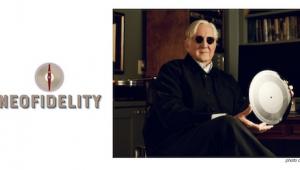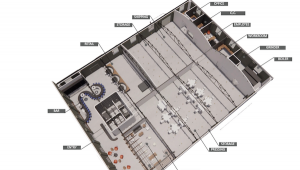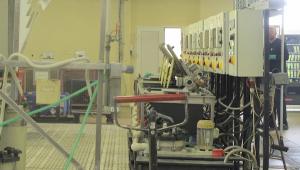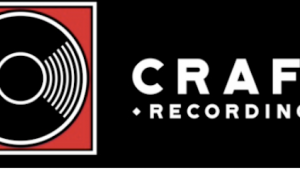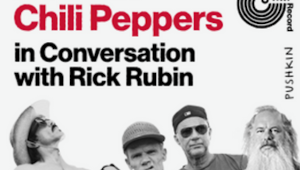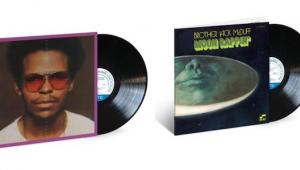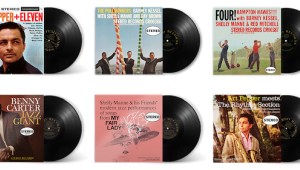Wasn't it Speakers Corner that put out each of these, with a limited edition, signed edition (by Starker) of the Unaccompanied Suites For Cello?
Mercury "Living Presence" Reissue Series Cut From 3-track Analog Masters From Analogue Productions

Fine, the son of the original Mercury Living Presence producer Wilma Cozart Fine and recording engineer Robert Fine has since 2011 overseen the "Living Presence" reissues for label-owner Decca Classics. He's re-mastered or overseen the mastering of more than 25 Mercury titles in the digital domain.
The first two titles are the legendary triple LP Bach Starker Suites for Unaccompanied Cello Complete (SR3-9016) and the Dvorak Violoncello Concerto/Bruch Kol Nidrei with Dorati and the LSO (SR90303). Of course at 45rpm the 3LP set becomes 6.

In the audio interview below Fine explains the "old school" cutting style Ryan K. Smith employed that didn't use a preview head to adjust groove pitch. Instead Smith manually adjusted pitch as the tape played. No equalization or dynamic compression was applied as the lacquers were cut at 45rpm. These should be the definitive editions of these two titles, with hopefully more to come in the future.
Fine hand-carried the tapes to Sterling Sound's new Nashville, TN analog mastering facilities and the cut lacquers were then overnighted to QRP where Gary Salstrom and technicians plated and then pressed test pressings. High resolution scans of Mr. Fine's original LP jackets were used to produce the artwork for the Stoughton Press "Tip-on" heavyweight jackets. The albums will be for sale on the Acoustic Sounds website.
Mr. Fine promised to bring a set over when Fremer returns from Chad Kassem's Blues Festival but in the meantime, a set arrived today in Salina, so once this story posts we'll have a listen in Chad's office. Those attending the New York Audio Show November 9th-11th at the Park Lane Hotel will have an opportunity to listen to test pressings in the room hosted by Robin Wyatt of Robyatt Audio. Playback will be via restored Quad 57s and Miyajima Labs phono cartridges. Chad Kassem will be on hand to answer questions.
- Log in or register to post comments


I read in an article that many (all?) of these recordings were made in a studio that was fashioned out of a ballroom in what was then the Great Northern hotel on 57th street in Manhattan. There is still a hotel at that address but since 1972 it has been the Parker House, a new “modern” building which has replaced the far more graceful, older building. In fact to this day there is at least one hotel ballroom that functions as a TV recording studio in NYC — hard to believe.
I also read that some of the three-channel recordings were made, not on regular tape but on “magfilm” — 35mm film coated with magnetic substance. These were originally intended for “equal weight” sound followers for moving pictures (which made fast forwarding, etc., of the the sound and picture carriers simultaneaously more manageable) but their quality also attracted use for pure audio recordings.

"... these Mercury’s were also revised to regular tape."
I think the word "revised" is tripping me up. Do you mind explaining what you mean? Were they dubbed to regular tape from the 35 mm tape i.e. the regular tape that these LPs are cut from will be one generation removed from the original LPs cut directly from the 35 mm tape?
Much appreciated.

does this comment explain it:
"This was sourced from the original 3 track tape and mixed “live” to 2 track."
If it does, does revised to regular tape mean "mixed live to 2 track"?
Ha ... i may be way off on all my guesses :)

Does anyone else have trouble getting decent center fill on the Starker recording of the Cello Suites? Given how renowned this recording is, I've tried to use it for speaker placement, but his cello always sounds as wide as my speakers.

First....great interview. I am looking forward to these reissues.
Second...I am pretty sure that all records and even all products sold at Amazon have a barcode. Indie record stores at one time were "weighted" in some markets and still might be. Meaning that if you purchased a cd at an indie record store in a certain size market (typically smaller) it would count for 2 or 3 sales. This was done to try and account for sales that were not being reported from that area since some stores were not set up to report to SoundScan. I am not sure if the sale of vinyl records were ever weighted or not. I am also not positive if this weighted system is still used.
You would think since I run a record label I would know all of these details but then again I release a lot of records where I know I will never ever ever make my money back. Sometimes you can't put a price tag on making and releasing art.

"No equalization or dynamic compression was applied as the lacquers were cut at 45rpm"

Some of the reviews of the Speakers Corner release at Acoustic Sounds noted rumble in the pressing. I have not heard that release and therefore cannot make any opinion about it. Hopefully this version, cut at 45 RPM, and without equalization or dynamic compression, will be rumble-free or close to rumble-free.

Do you know when these will be released?

Can't wait to see your review of the recent Analogue Productions reissue of Starker's Bach: Suites for Unaccompanied Cello Complete 6LP 45rpm.







